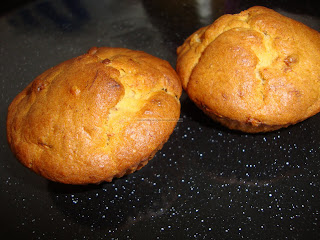Idlis are usually associated with the really soft white steamed delicacy and I think that is for a good reason. They are supposed to be quite harmless because they are steamed and make a low fat filling breakfast especially in South India. When I heard, saw and tasted Rava idli, I was quite surprised there could even be a nice idli other than the conventional idli. Years after that, I now have my own kitchen and am trying to make many different kinds of idlis. This is probably the first post of one such success story. This dish has many positives like it can be made instantly without much preparation and also it can include vegetables so you do not have to miss out on them. As always, I have tried to combine grains and in this recipe it is wheat and oats so it is more nutritive and fibre rich as well. I would pre-empt that almost all non-conventional idlis are not as soft as its traditional counterpart. My guess the reason is because traditional idli batter is ground fine and fermented. Having said that, some people add cooking soda to both traditional and other idlis to make them softer. You could try that but I avoid cooking soda as they tend to give a bloated feeling and also reduce the nutritive value of the food.
1 cup grated carrot
1/3 cup rava, roast in a drop of ghee/oil
1/3 cup wheat rava
1/3 cup oats, roast and pound
1 teaspoon mustard seeds
1 teaspoon channa dal
1 tablespoon chopped cashew nuts, 1 sprig curry leaves, teaspoon chopped coriander, teaspoon grated ginger, some turmeric powder (optional)
2/3 cup curd/yogurt
Little more than 1/3 cup water
Salt to taste
Less than a teaspoon oil
Asafoetida
Roast rava in a little ghee or oil until a nice aroma comes. Keep aside.
Roast oats until it becomes aromatic and allow to cool. Pound it to a coarse powder using mortar and pestle or food processor
Mix rava, powdered oats and wheat rava. Add salt, asafoetida.
In a skillet, add less than a teaspoon oil and add mustard seeds and once they crackle add to the mix. Also roast channa dal and add to mix.
Add the carrots to the mix and mix the yogurt and add required amount of water to achieve a thick batter consistency (the batter should drop freely from a spoon). While doing so, add any of the optional ingredients you may wish to use.
Pour into idli moulds and steam for 10-15 minutes.
Serve with tangy chutney.




.JPG)
.JPG)
.JPG)

.JPG)
.JPG)
.JPG)
.JPG)
.JPG)








































